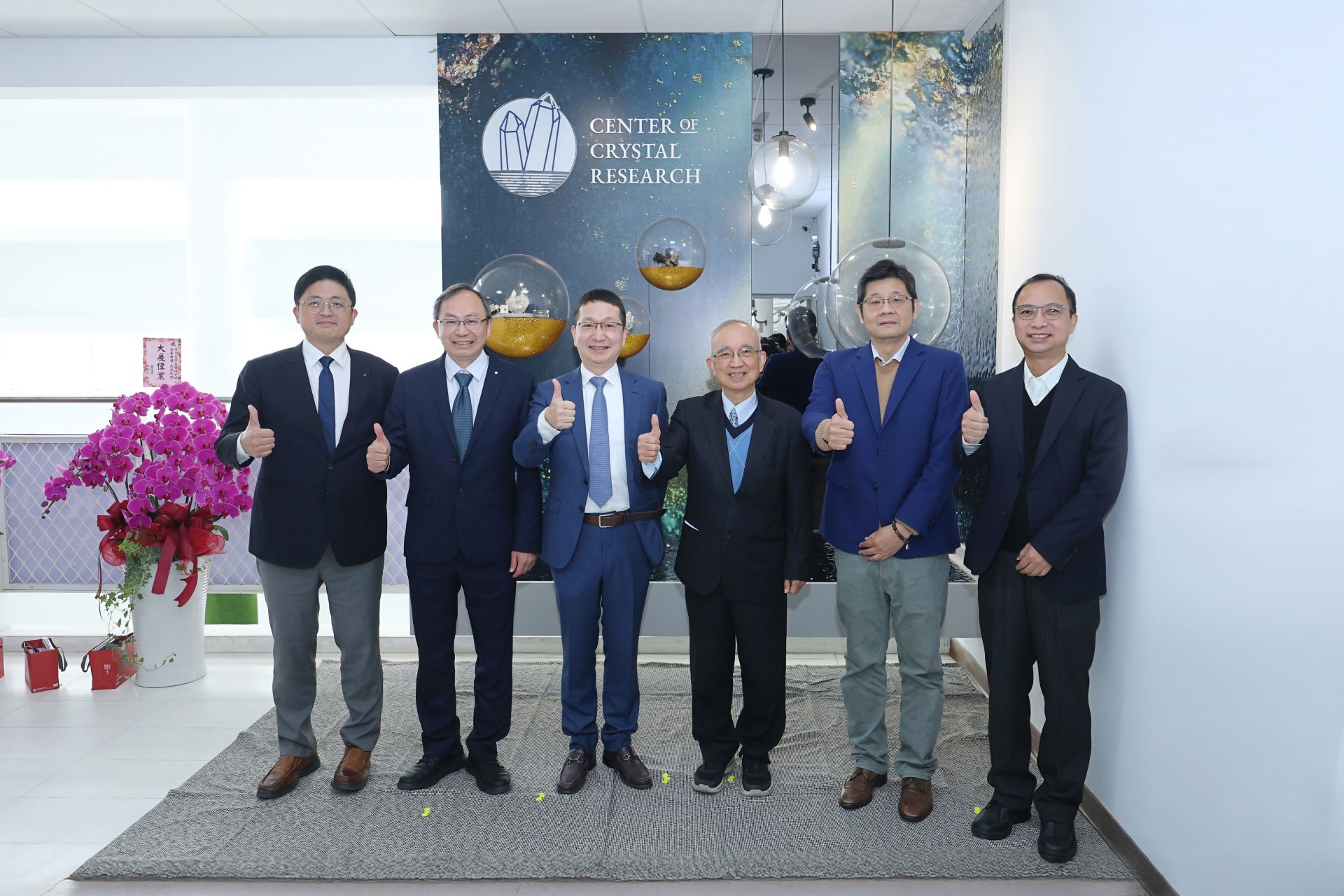Assistant Professor I-Non Chiu from NCKU Physics Department unlocks dark energy mysteries through cross-national research
Since the Big Bang, the universe has been continuously expanding, and scientists discovered in the late 20th century that the rate of expansion has been accelerating in recent times. The energy responsible for this accelerated expansion is termed "dark energy." However, explaining dark energy remains a pressing question in the scientific community.
It is known in the astronomical community that dark energy suppresses the formation of large celestial bodies, with galaxy clusters being the largest known celestial structures. By observing the number of galaxy clusters in the universe, it is possible to infer the presence of dark energy. In 2019, the eROSITA space mission, a collaboration between Germany and Russia, identified 542 galaxy clusters in its preliminary X-ray survey.
Assistant Professor I-Non Chiu, along with researchers Matthias Klein, Sebastian Bocquet, and Professor Joseph Mohr from Ludwig-Maximilians-Universität München, compared and analyzed the images of the 542 galaxy clusters captured by X-rays with the optical images obtained from the Hyper-Suprime-Cam Subaru Strategic Program, a collaborative project involving Taiwan, Japan, and the United States. Additionally, they measured the mass of the galaxy clusters using gravitational lensing techniques.
Assistant Professor I-Non Chiu stated that this research is the first internationally to combine data from two large-scale surveys (X-ray and optical) to analyze the cosmology of galaxy clusters. X-rays can detect the unique hot gas within galaxy clusters, facilitating their identification, while optical imaging offers high resolution and enables the measurement of galaxy cluster mass using gravitational lensing. The combination of these two methods complements each other perfectly.
After comparing 542 galaxy clusters using theoretical models, the results indicate that approximately 76% of the universe consists of dark energy, with a value of the equation of state parameter w≈-1.25±0.47. This data suggests that the density of dark energy remains constant (a constant) during the expanding evolution of the universe. For instance, introducing a cosmological constant into Einstein's equations can describe the impact of dark energy on the universe's expansion. This result is consistent with other independent studies (including gravitational lensing and cosmic microwave background radiation), and all observational evidence in the astronomical community currently points to dark energy being describable as a cosmological constant.
Assistant Professor I-Non Chiu further noted that the numerical errors obtained by the team's research are still significant. However, the galaxy cluster samples obtained internationally cover less than 1% of the entire sky area (≈140 square degrees). In the future, if a large number of galaxy cluster samples covering the entire sky become available for analysis, it is expected to greatly advance humanity's understanding of dark energy. Overall, the research lays an important foundation for future cosmological studies of galaxy clusters.
Assistant Professor I-Non Chiu, a Ph.D. in Physics from Ludwig-Maximilians-Universität München, specializes in cosmology and astrophysics. Since 2019, he has been collaborating with Ludwig-Maximilians-Universität München on research into cosmic galaxy clusters and has published two first-author papers, including the cosmological research presented in this paper, which he led and analyzed.
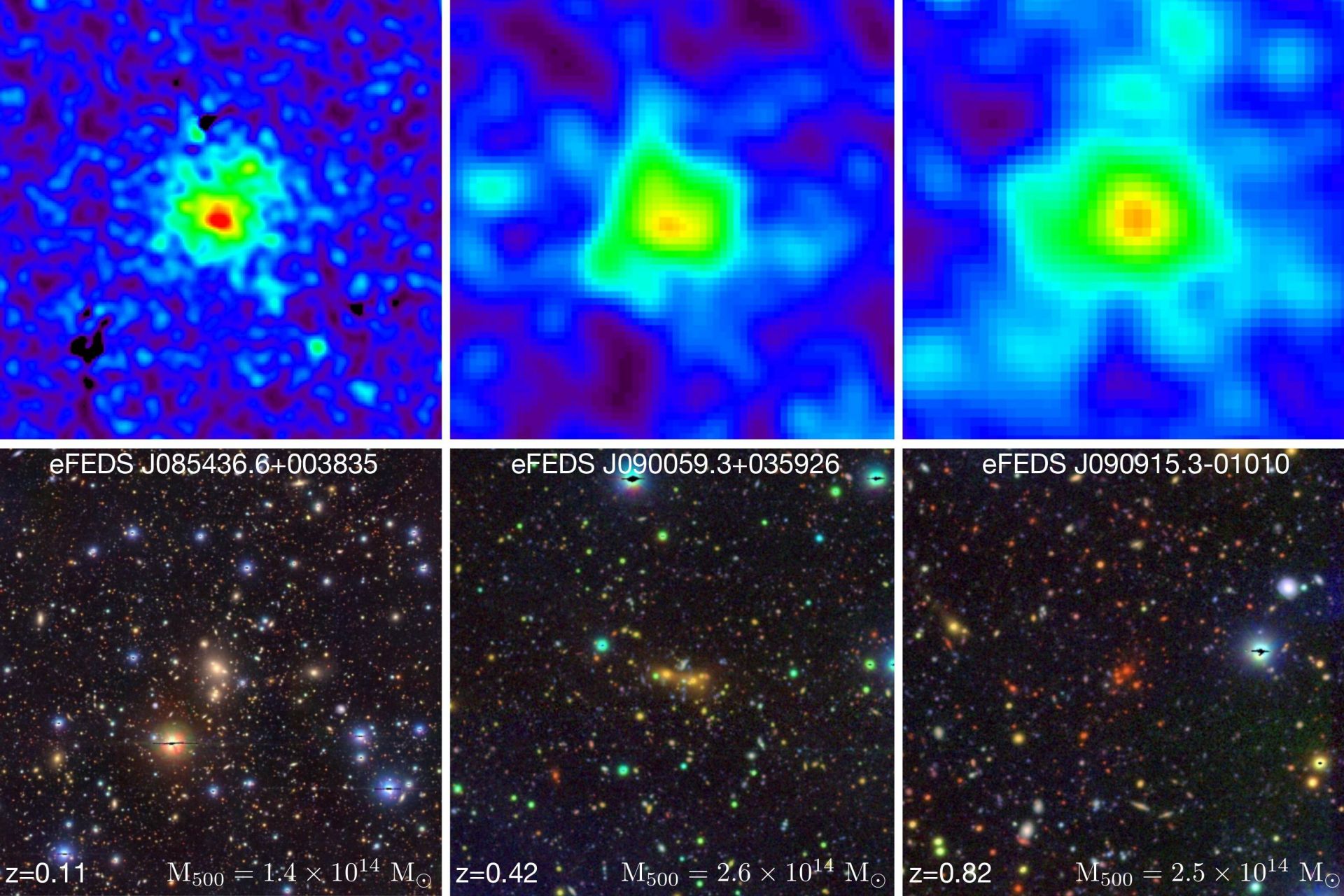
eFEDS Galaxy Clusters. The left, middle, and right images represent three galaxy clusters, with the X-ray images observed by eROSITA displayed in the upper row, and the optical images observed by HSC shown in the lower row. The names, redshifts, and masses of the galaxy clusters are indicated in the lower row. The combination of X-ray (upper row) and optical (lower row) observations allows us to more efficiently search for galaxy clusters while measuring their masses.
Image credit: Dr. Matthias Klein.
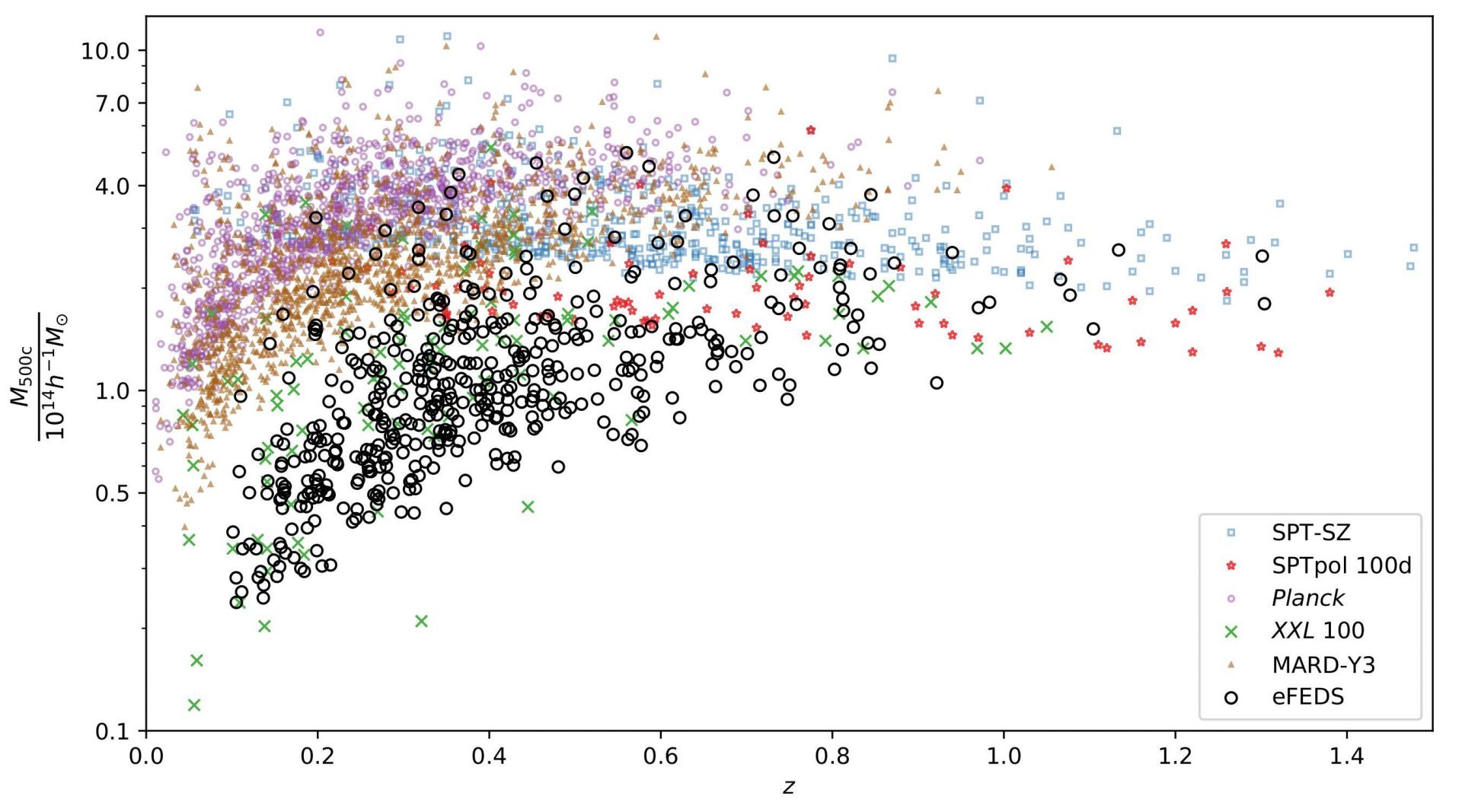
The mass of galaxy clusters (Y-axis) plotted against redshift (X-axis). The eFEDS galaxy clusters used in this study (black circles) are compared with samples from other projects (other colors), covering a wider range of mass and redshift.
Image credit: Chiu et al. MNRAS in press (2023).
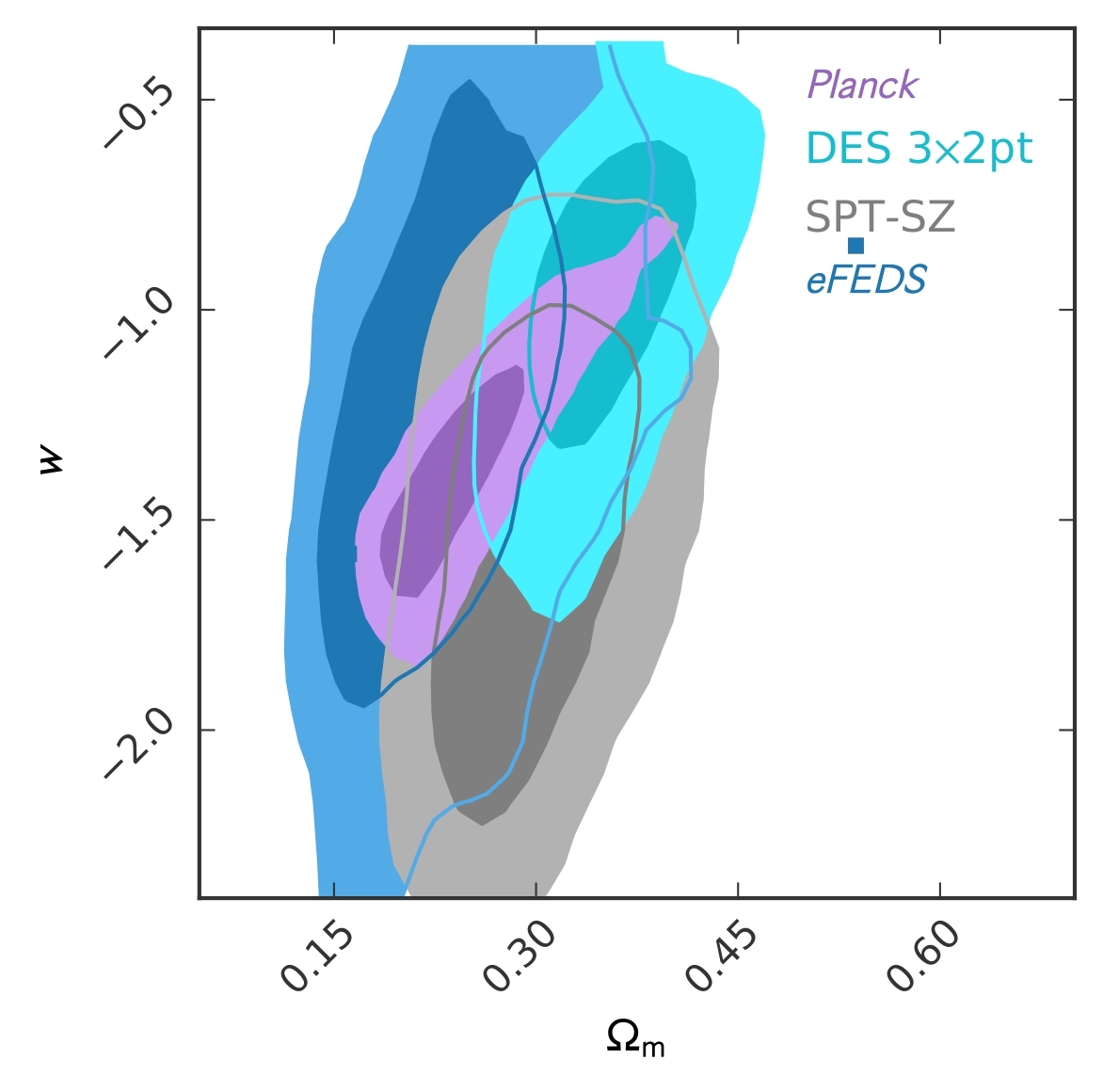
The equation of state of dark energy measured using eFEDS galaxy clusters (Y-axis) plotted against the proportion of dark matter in the universe (X-axis). The results of this study (blue region) are consistent with those of cosmic microwave background radiation (purple region), galaxy gravitational lensing (cyan region), and samples from the South Pole Telescope galaxy clusters (gray region). This indicates that dark energy can be described by a cosmological constant (w=-1), and dark matter constitutes 25% of all cosmic components.
Image credit: Chiu et al. MNRAS in press (2023).
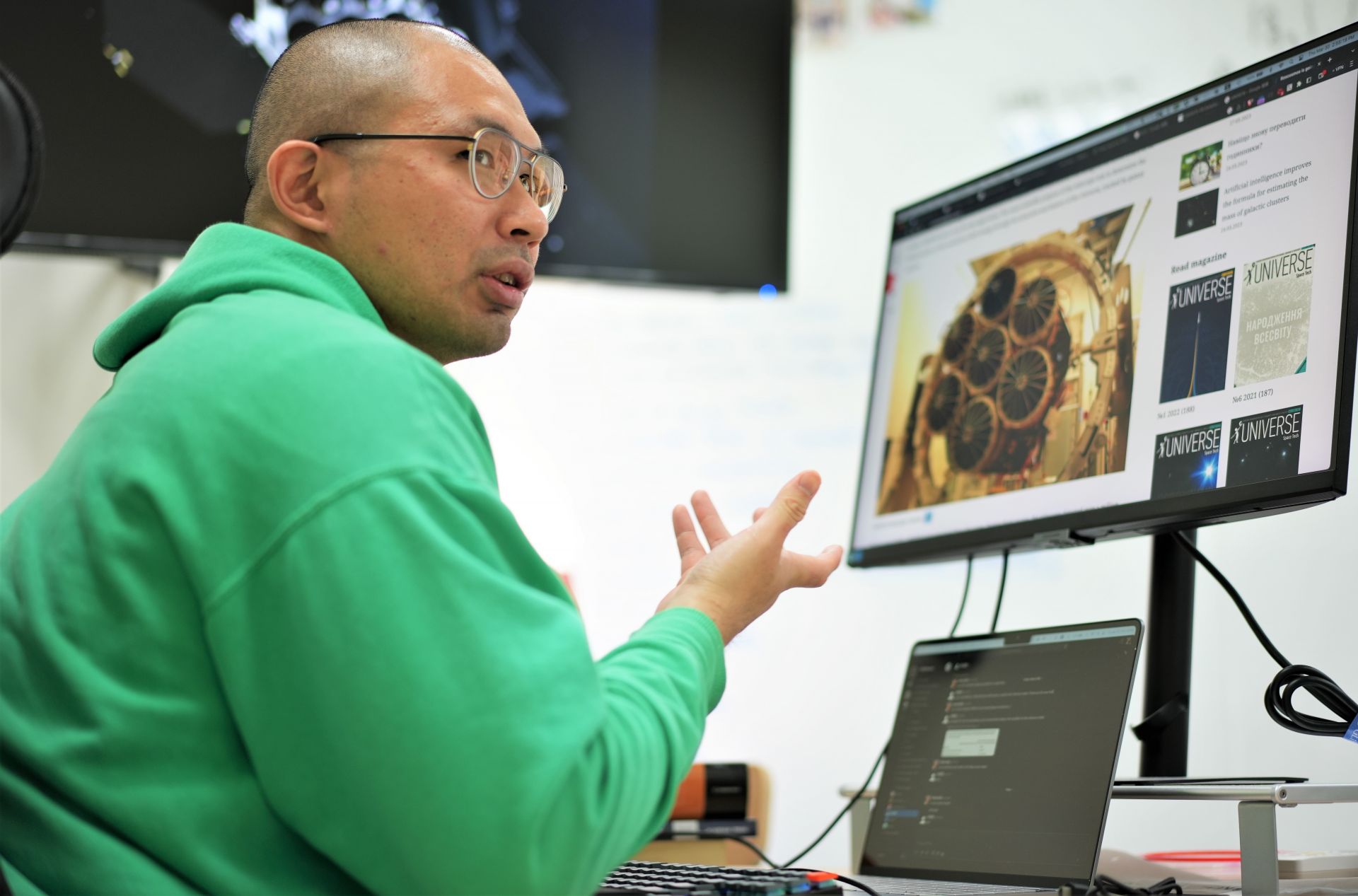
Assistant Professor I-Non Chiu collaborates internationally to research dark energy in the universe.
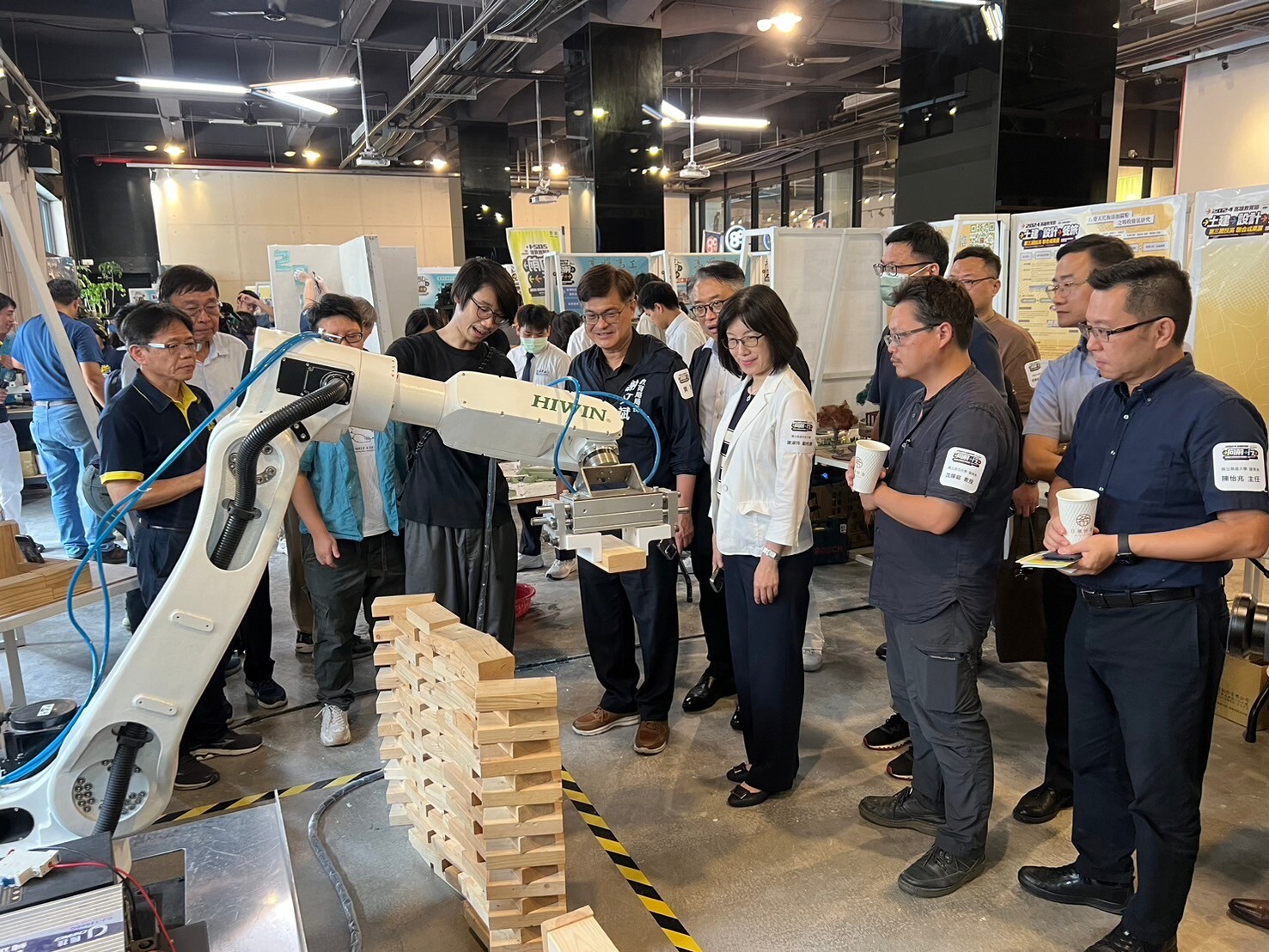
SDG9NCKU's "Robot Brick" at the 2024 Kaohsiung Education Festival showcases innovative construction methods.
View more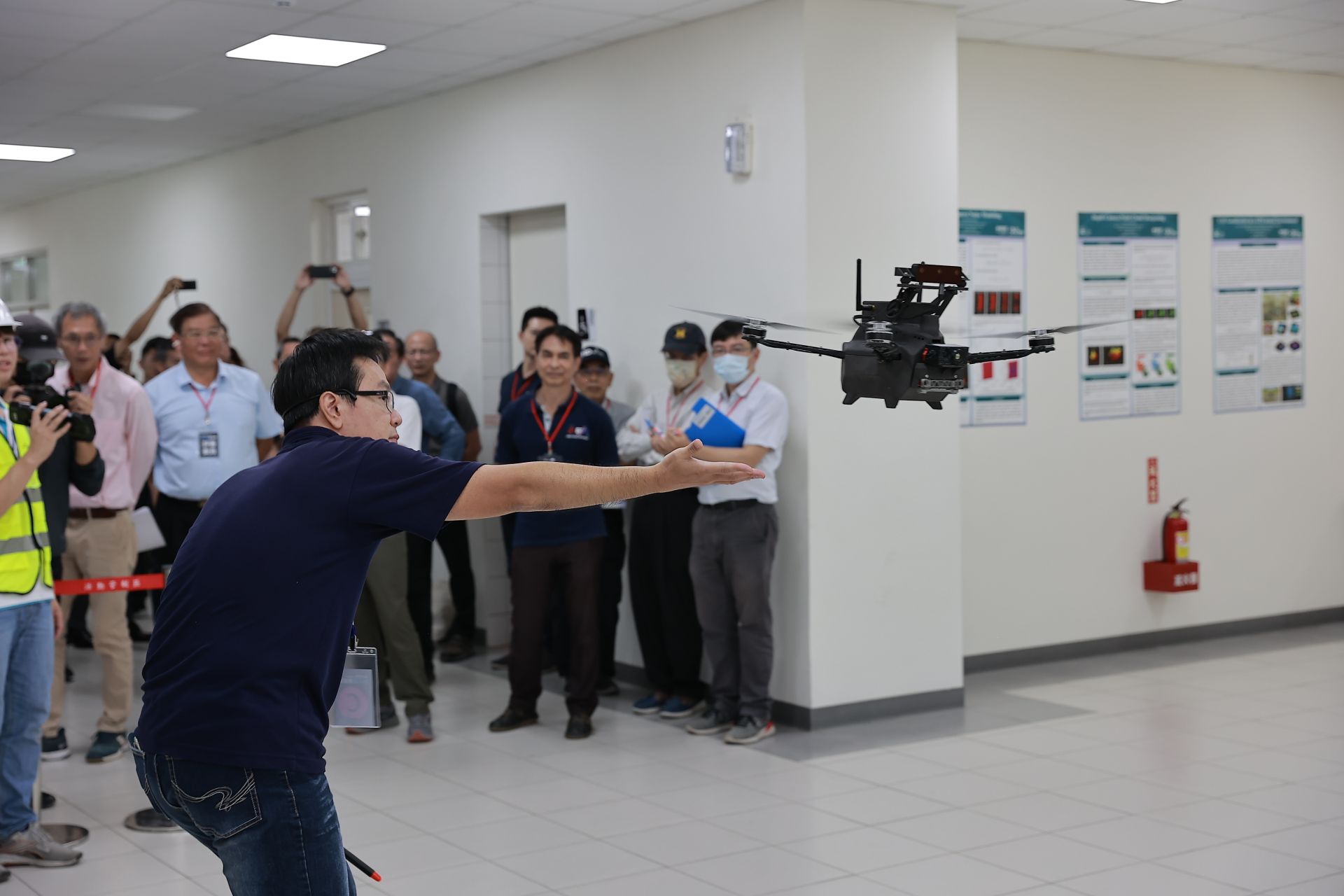
SDG9"2023 National Defense Application UAV Challenge" is underway, with the top six teams from across the country competing fiercely
View more